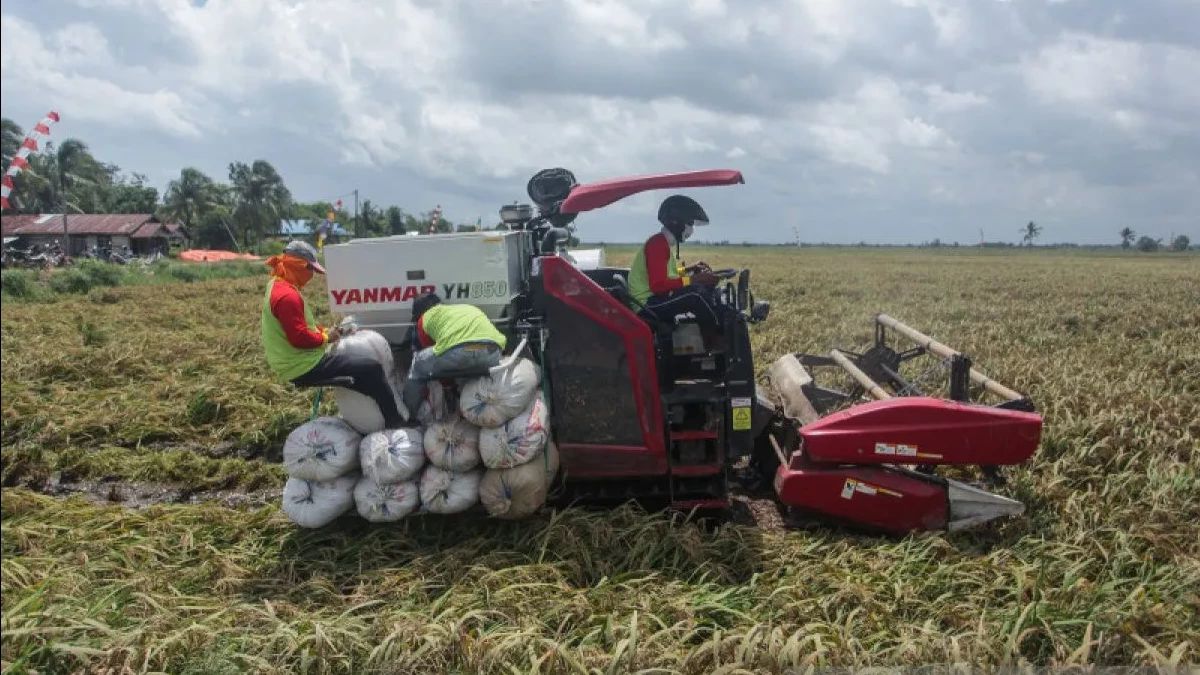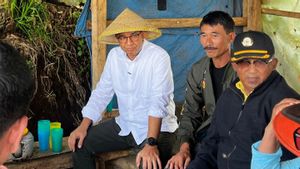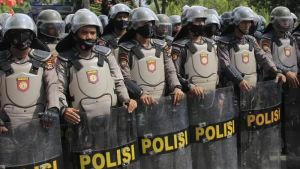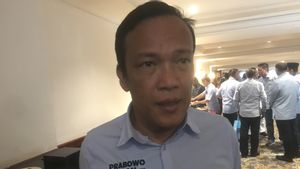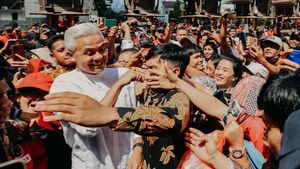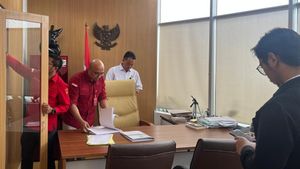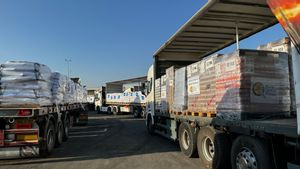JAKARTA - The food estate program made by President Joko Widodo (Jokowi) has become the subject of discussion of one of the presidential and vice presidential candidate pairs in the 2024 presidential election. The candidate pair wants to change the food estate to contract farming.
Responding to this, the Head of the National Young Entrepreneurs Volunteer Team (Repnas) Anggawira assessed that food estate is a more complete program from upstream to downstream compared to the idea of contract farming.
"Food estate is an ecosystem that supports each other, if the contract farming only discusses part of it and doesn't solve everything. In the food estate there is contact farming, but in contract farming there is no effort to provide agricultural land such as food estate," he said in a written statement, Friday, December 1.
Anggawira explained that food estate also has an increasing competitiveness of local products. He gave an example, through the food estate program, it can reduce food commodity imports, increase the competitiveness of local food commodity products, and lower production costs.
"Thisfood estate opens land for farmers and private parties and they can use their land to farm and then the products are purchased by the Food SOE (ID Food)," said the alumnus of the Bogor Agricultural University (IPB).
SEE ALSO:
Food estate itself is spread across a number of areas. Referring to data from the Committee for the Acceleration of Priority Infrastructure Provision (KPPIP), food estates were built in West Kalimantan (120 thousand ha), Central Kalimantan (180 thousand ha), East Kalimantan (10 thousand ha) and Maluku (190 thousand ha) and Papua (1.2 million ha), North Sumatra (1,000 ha), East Nusa Tenggara (365 ha).
As for land in North Sumatra to plant onion, garlic, and potatoes with an effective area of 1,000 hectares of potential which manages 748.6 hectares. Meanwhile, the construction of a food estate in NTT Belu Regency has been served with sprinkler irrigation and planted around 43.9 hectares. Where 3.3 hectares are for sorghum plants and 40.6 hectares for corn plants.
Then food estate in Central Sumba Regency with a potential area of 6,100 hectares in Waibakul, Waekabeti, Waidipi, and Lokojange. The activity carried out was an increase in the left irrigation network of Lokojange reservoirs. In East Sumba there is also a food estate with a potential area of 900 hectares in Pandawai District, 500 hectares in Umalulu District for sorghum plants. In Laipori, Pandawai sub-district began to be planted with plants covering an area of 10 hectares in collaboration with P3A/Group Tani since October 2022.
Then, food estate in Papua, Keerom Regency for corn commodities with a potential area of 10,000 hectares. In 2022, a land clearing of 496.6 hectares has also been carried out with 67% progress, including the construction of drainage channels.
The English, Chinese, Japanese, Arabic, and French versions are automatically generated by the AI. So there may still be inaccuracies in translating, please always see Indonesian as our main language. (system supported by DigitalSiber.id)
